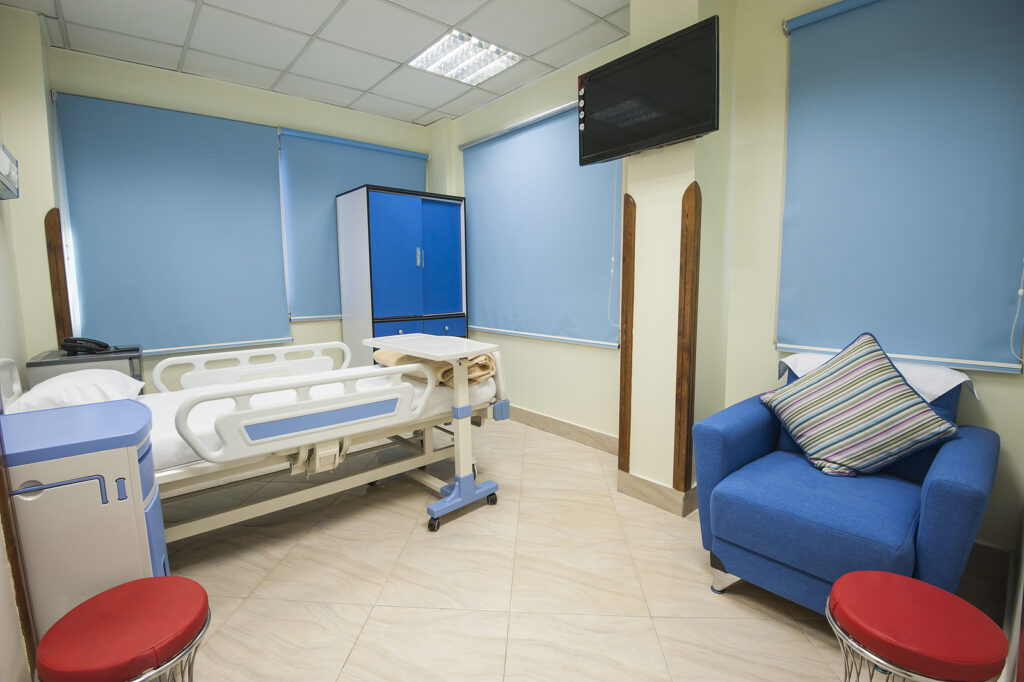Patients Care About TV – Reasons Upgrading to Smart TVs Enhances Patient Hospital Stay
- On Jan, 02, 2024
- Jackie Nunez
- Upgrading to Smart TVs Enhances Patient Hospital Stay

Spending a day at the hospital can be lonely and boring. This is why it is important to come up with appropriate measures to overcome monotony. When it comes to entertainment, communication with the outside world, and distraction, a patient’s room television is sometimes their sole choice under hospital visitation restrictions. Quality TV is a great method for hospitals to provide some comfort and pass the time.
However, what happens if the TV isn’t functioning properly or at all? What happens if there isn’t an on-screen guide, and the patient is unable to locate their preferred programmed? Most likely, they will press the “nurse call” button. The report states, “Now, the nurse is attending to a TV issue instead of responding to a healthcare need elsewhere.”
Those are the kinds of disruptions that make patients and nurses dissatisfied, especially during a time when hospital staff are already overworked.
In the past, modernizing outdated analogue TVs in patient rooms may not have been a hospital’s top financial priority. But replacing patient TVs is no longer merely a kind gesture, as patients’ aspirations for a more patient-centered experience grow. Here are three ways that installing smart TVs in your hospital might improve patient stay while they recover.
Patients Prefer Entertainment
Patients in hospitals have access to a wide variety of at-home entertainment alternatives. When we watched TV on Parents’ Day, there were just three network stations to choose from and rabbit ear antennae. TV watching has changed from the time of our parents. Thanks to smart gadgets, customers today have many possibilities for digital communication, dozens of TV channels, interactive games, on-demand music and movies, high-quality instructional documentaries, and streaming entertainment at home. Why do so many hospitals lag behind in providing better TV entertainment and interactive features that patients expect?
Patients arrive at the hospital with such expectations. Patients in today’s hospitals expect their stay to be comfortable, interesting, high-quality, and managed by them. Analogue TVs from the past just don’t satisfy patients.
Better entertainment alternatives, better patient education, and digital communication with hospital personnel and systems are what patients want.
It takes replacing outdated hospital TV systems with smart TVs to do that. Interactive smart TVs transform outdated, worn-out technology into a powerful tool for improving patient care. In addition to providing cutting edge television content, these interactive elements serve as a primary centre for a variety of leisure and educational activities.
What if your patients could access movies, the internet, games, in-bed workout videos, room dining menus, housekeeping requests, temperature settings for the room, soothing music therapy and ambient sound films, patient health data and education all from a single gateway on their smart TV?
Positively, happy patients are happier—HCAHPS scores are evidence of this. A satisfying TV experience may make patients happy, which raises hospital stay ratings and frees up care givers to attend to more pressing needs.
Transforming Entertainment Hardware To Provide Education
Every day when they are in the hospital, patients often watch television in their patient rooms for eleven to thirteen hours. There’s never been a greater chance to engage and converse with a patient than via the screen they gaze at nonstop.
Healthcare TVs may improve the in-room entertainment experience by displaying pertinent facts about operations and recovery via the integration of EHR data. In order to advise patients to examine additional material as required, the system also keeps track of their engagement rates.
A Cost-effective Way to Make Patients Happy
One of the least expensive methods to enhance patient comfort in the patient room is with a TV update. With limited visiting regulations and patient seclusion, the patient room TV is more important than ever as a vital conduit to the outside world and a fun source of entertainment.



